#ancient domus
Text
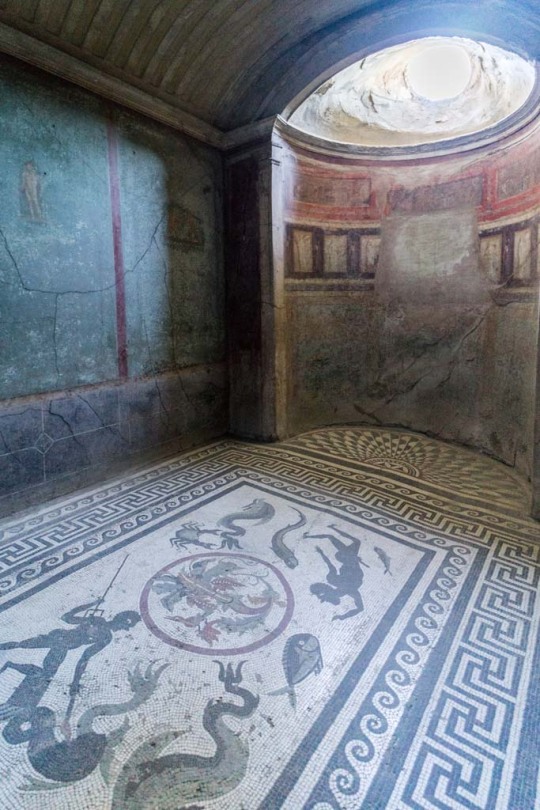
Partial view of bathroom in House of Menander, Pompeii.
1K notes
·
View notes
Text

Rome’s 'Lost' Imperial Palace 'Domus Tiberiana' Reopens
Until recently a crumbling and off-limits ruin near the famous Colosseum, the Domus Tiberiana palace — built in the first century AD and beloved by Nero — hopes to once again take its place as one of the city’s top tourist attractions.
The ancient palace sits on Palatine Hill — the city’s oldest hill, overhanging Rome —from where imperial dynasties ruled for centuries. But over the years, the site fell into disrepair and in the 1970s, the Domus Tiberiana site was shut due to the structural instability of some of the ruins. The closure left behind what many Romans described as a “black hole” in the capital’s archaeological heart.
Now, after a six-year makeover, the palace has reopened its doors as a “diffuse museum,” with findings and frescoes scattered across the site to provide visitors with an insight into the palace’s ancient grandeur.
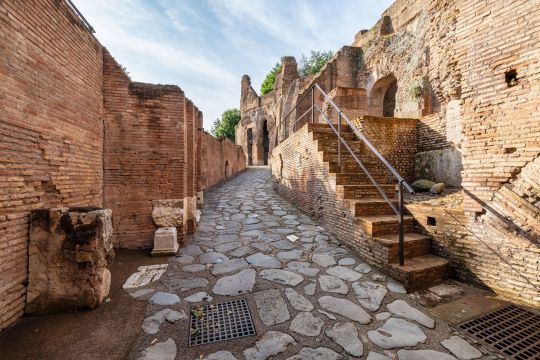
And it was grand. The Domus Tiberiana was Rome’s first imperial palace, built by the emperor Tiberius who combined and incorporated the pre-existing noble mansions built on the hill. Occupying over four hectares, the palace featured residences alongside large gardens, places of worship and rooms for the emperor’s Praetorian guard.
As the seat of Rome’s power and politics, Domus Tiberiana held a prime location, high above the Palatine and Roman Forums, offering its occupants a “balcony view of the city.” Over time, the Domus was embellished and enlarged by other emperors including Nero, who was crowned on its steps aged just 16, in 54 AD.
Alfonsina Russo, director of the Colosseum’s archaeological park (in which Domus Tiberiana falls) and lead archaeologist on the renovation, said that ancient antiquities, many exceptionally well-preserved, were unearthed during the project.
The artifacts — bright stuccos, frescoes, amphorae, potteries, looms, terracotta, and divinity statues related to the cults of Isis, Dionysius and Mithras — offer visitors a trip through time, said Russo.

“They make this place — formerly (inhabited) by aristocratic families, then Roman emperors — feel alive again,” she said. “There are seven exhibition rooms full of extraordinary finds, starting with those preceding the original construction of the palace when aristocrats lived in mansions before Tiberius subsumed them into the Domus.”
Among the newly-exposed and frescoes are some of the earliest paintings of lemons (considered an exotic fruit in Ancient Rome, as they hailed from the Far East) and a depiction of a gladiator, proving that the era’s gladiatoral games were appreciated by rich families, explained Russo.
The imperial palace remained in use until the 7th century, when it became the papal residence of John VII. In the mid-16th century, the aristocratic Farnese family — who were powerful local landowners — built the lavish Orti Farnesiani gardens on the site, adorning it with ornaments and sculptures of nymphs, satyrs and fauns.
“This monument speaks of history,” Russo added. “We have restored (Domus Tiberiana) to its past splendor, but more work lies ahead.”
Indeed, painstaking efforts have been made to blend old and new. A series of majestic, reddish-brown vaulted arches that greet visitors having been carefully reconstructed with the same materials as ancient Romans used in the past.
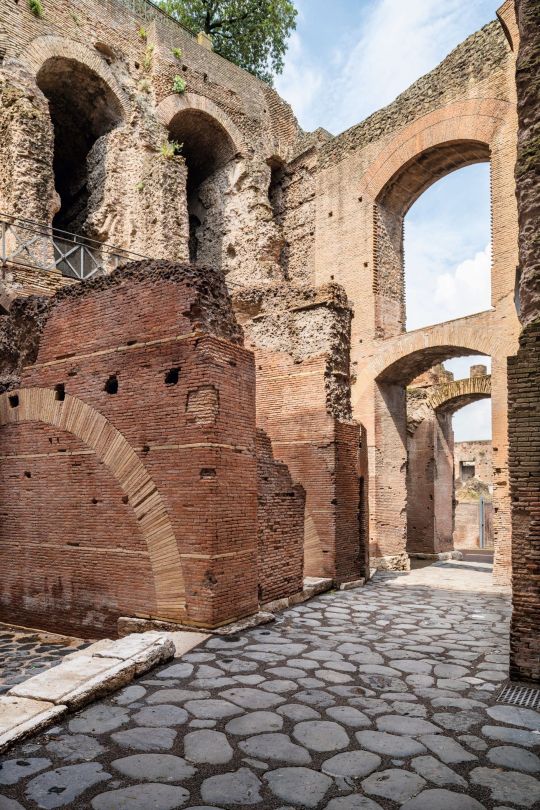
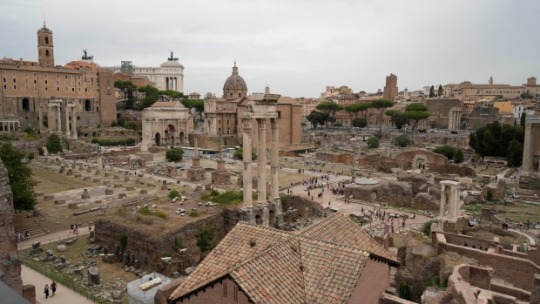
“What makes this revamped Domus unique is the architectural style,” said Russo. “We managed to use original materials to reinforce and strengthen the handmade 15-meter (50ft) tall front arches (which run alongside the palace’s) ancient paving.”
It has certainly caught the public’s attention. Since reopening at the end of September, Domus Tiberiana has attracted some 400,000 visitors, a “huge success,” said Russo, adding that she believes that this incarnation of the Domus Tiberiana offers visitors the most “evocative” visit in generations.

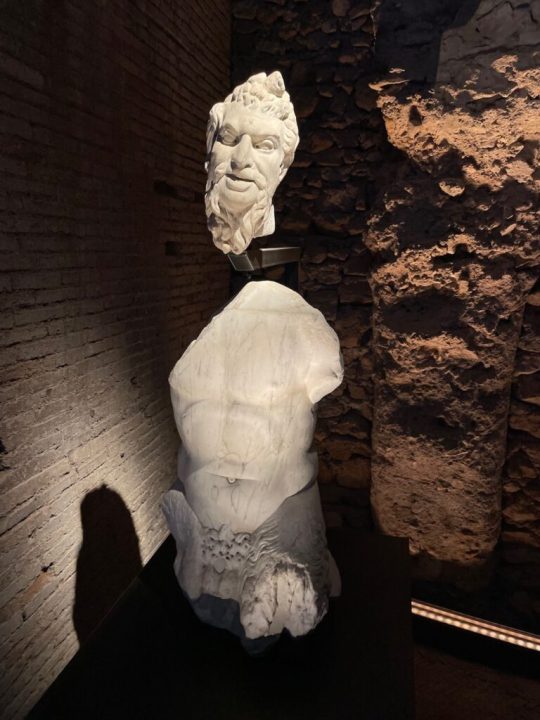
Archaeologist and scholar of ancient Rome Giorgio Franchetti saidN that, in the reopening of the Domus Tiberiana complex, Rome has “recovered a lost jewel.”
“The Palatine Hill has always been the stage of Rome’s power politics,” he said in an interview. “Tiberius likely chose this spot to build the palace as it was where his family residence stood. There aren’t many places like the Domus Tiberiana where you can really breathe the past.”
By Silvia Marchetti.
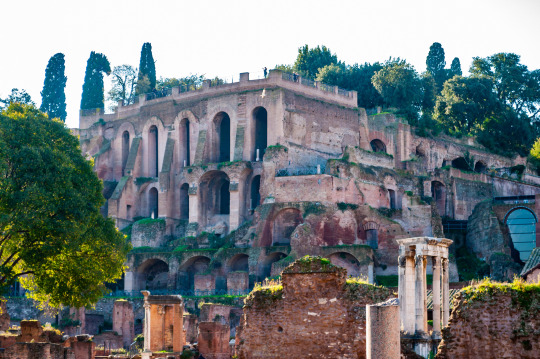
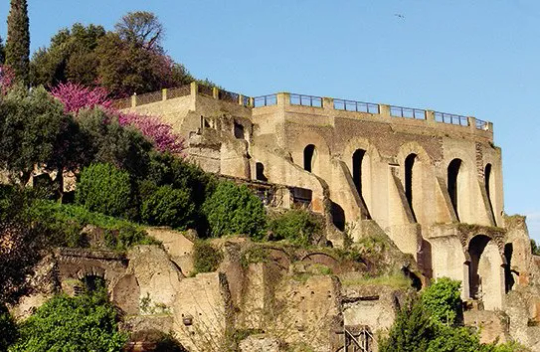
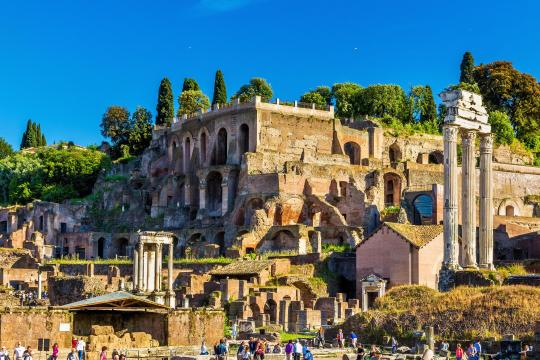
#Rome’s 'Lost' Imperial Palace 'Domus Tiberiana' Reopens#Domus Tiberiana palace#Palatine Hill#Emperor Tiberius#Emperor Nero#ancient artifacts#archeology#archeolgst#history#history news#ancient history#ancient culture#ancient civilizations#ancient rome#roman history#roman empire#roman emperor#roman art
263 notes
·
View notes
Text

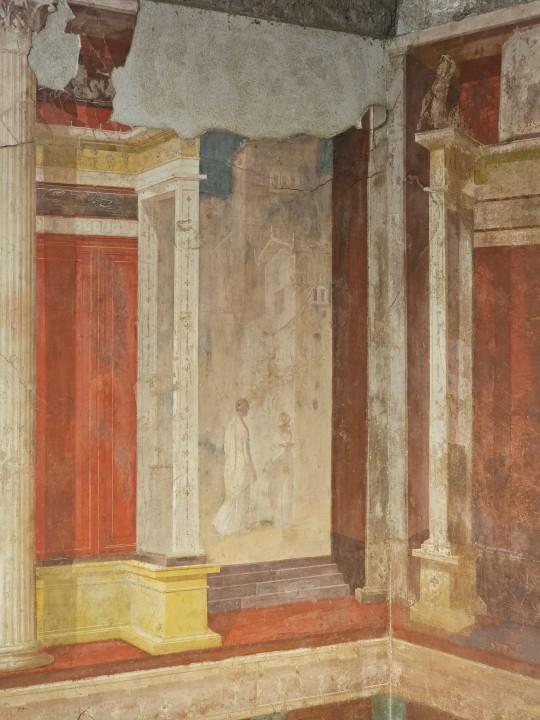

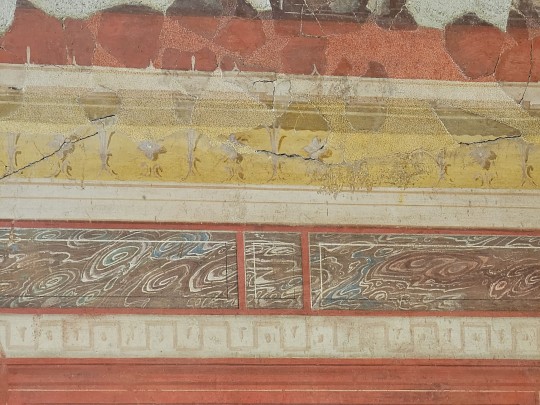
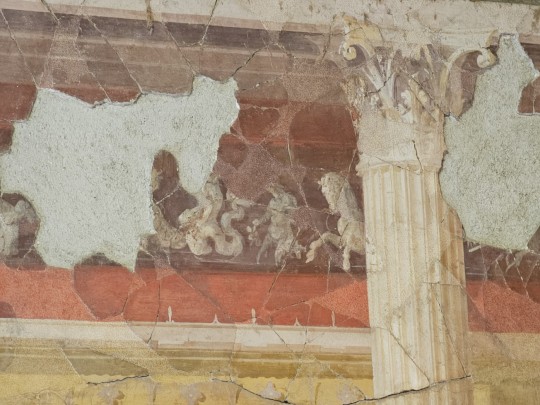
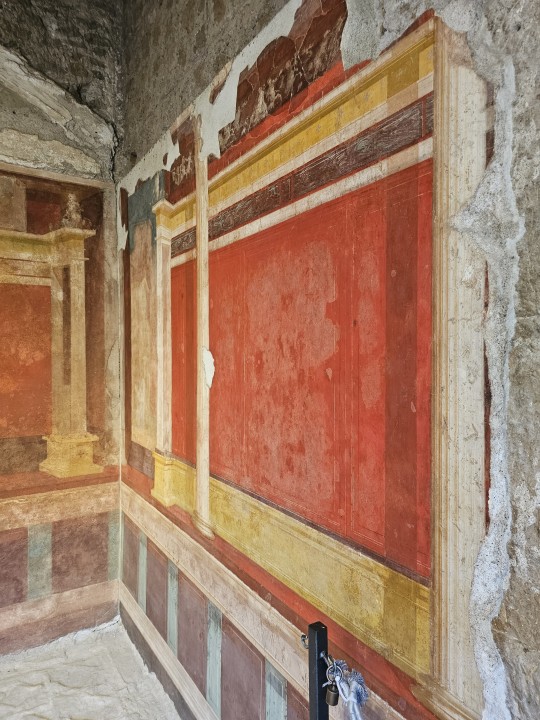

Room of the East Peristyle of the House of Augustus, 1st century BCE | In the Roman Forum complex, Palatine hill
Beautiful example of the "Second Style" of Roman fresco work, characterized by architectural trompe-l'œil and the insertion of scenes as "windows" to the outside, such as the glimpse behind the stage of the two women standing in the city in conversation.
#roman art#house of augustus#domus augusti#roman fresco#roman second style#roman forum#palatine hill#roman villa#ancient rome#roman empire
217 notes
·
View notes
Text
48 notes
·
View notes
Text
Thinking about the women who weren’t aristocratic, whose lives we never hear about in the histories, and only with snide humour in the satirists.
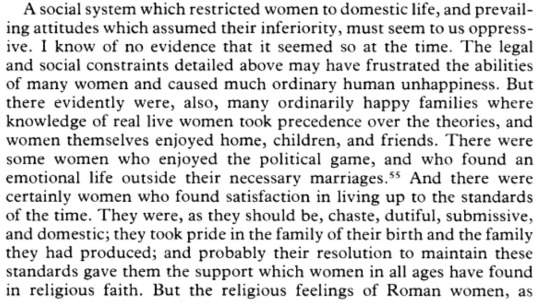
*

From the article, Roman Women by Gillian Clark.
[Greece & Rome, Vol. 28, No. 2, Jubilee Year (Oct., 1981), pp. 193-212 (20 pages), on Jstor.]
78 notes
·
View notes
Text



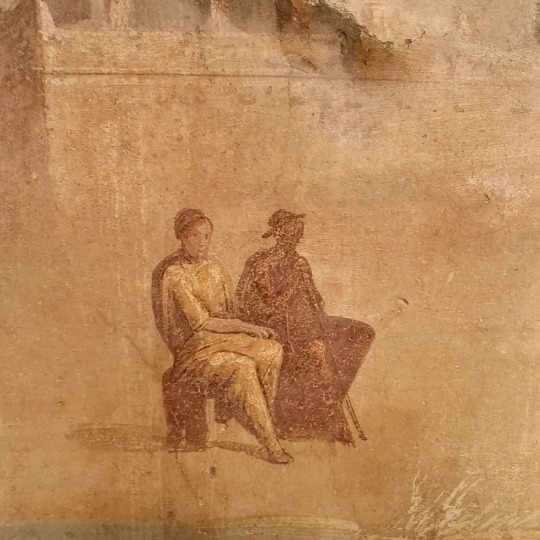
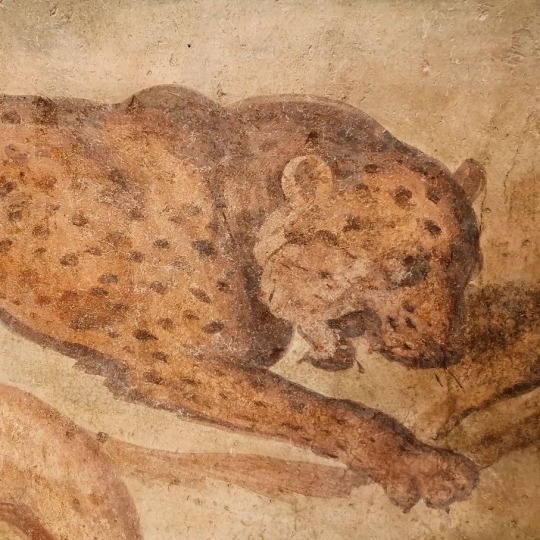

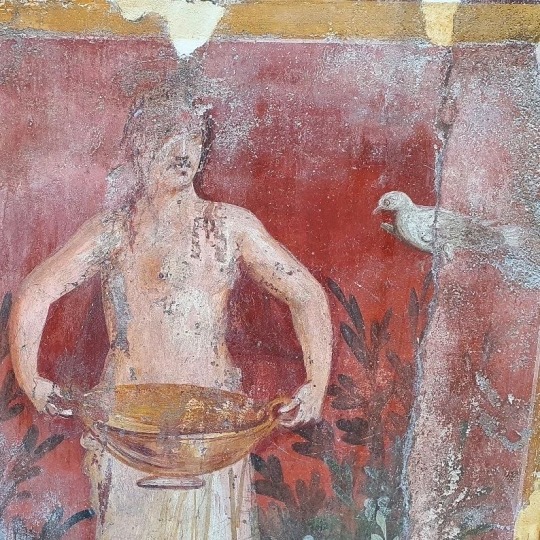


The House of the Ceii is one of the oldest in Pompeii. It dates from the Samnite era (2nd century BC) and the owner seems to have been a magistrate named Lucius Ceius Secundus (his name appears on the outside of it). The domus is adorned with precious ones. mural paintings with scenes of animals in fight. Hunters and prey are shown in their natural habitat; landscapes in which African hunters appear with Egyptian-style buildings, preparing to hunt hippopotamuses and crocodiles on the banks of the Nile. They were in very poor condition and have been restored by means of a complex laser system, thus recovering their original splendor.
Currently the domus can be visited, but it is advisable to first see what days it is open to the public.
Photos: Luigi Spina
#photography#culture#art#pompeii#pompeya#ancient buildings#domus#ancient rome#ancient cultures#museum#architecture
604 notes
·
View notes
Text
https://www.archaeology.org/news/12001-231215-rome-republican-domus
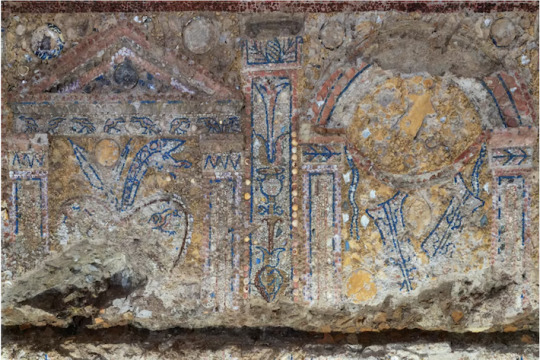
Sounds like this was an important house. I'm astounded, as I often am, that this was found between the Roman Forum and the Palatine Hill. You'd have thought that area was gone over with a fine-toothed comb in the 19th century.
21 notes
·
View notes
Text
The Fifth Day of Britannicus
Today I'm doing Nero in Da Domus! Those comics were hilarious and always near and dear to my heart.
It seems like drawn depictions of Brit hardly go wrong. Of the five different drawn versions of Britannicus I know about, I really like four of them but I dislike the fifth one probably because it's in an anime style and I'm not used to that. And every single drawn depiction of Britannicus I know about looks young. They all look Brit's age. Artists are just so good at this.
Anyway, the tumblr of Nero in Da Domus is @neroindadomus. And @owlask is the person who made it.
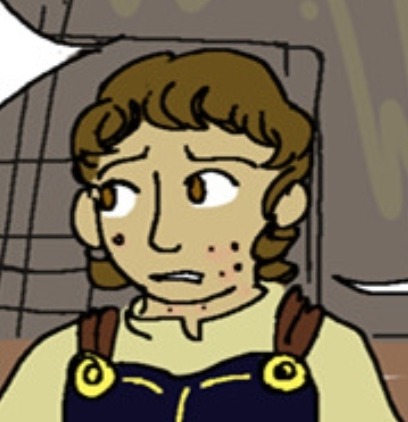
I personally love this Britannicus. Maybe I'm a little biased because I do love this comic so much, but they did Brit well and did not make him look like he was 30, which is a plus. He's cute, he's Brit. I think his hair suits him. Very nice.
#thank you @just-late-roman-republic-things for that reblog on yesterday's one#it really got my thinking juices flowing#ill probably write a post about it tomorrow#but basically#i realised that brit's youth is such an important part of how he fit into history#he was a child who was born into so much drama and politics#and pretty much all the stuff that happened around and to him was completely out of his control#brit pretty much only truly did two political things in his life#and the goal of both of them was probably just to embarrass nero#so i dont think its fair to depict him as an adult#ill go into that a little later#ill reread some sources and write with a fresh mind#ancient rome#britannicus#the 13 days of britannicus#roman history#history#ancient history#nero in da domus#art
16 notes
·
View notes
Text
An ‘iconic’ domus of Pompeii, which includes stunning frescoes and erotic art has been fully restored and will open to the public this month as a highlight of the year for the preserved Roman town. ‘This is the house which tells the story of Roman society’.
27 notes
·
View notes
Text
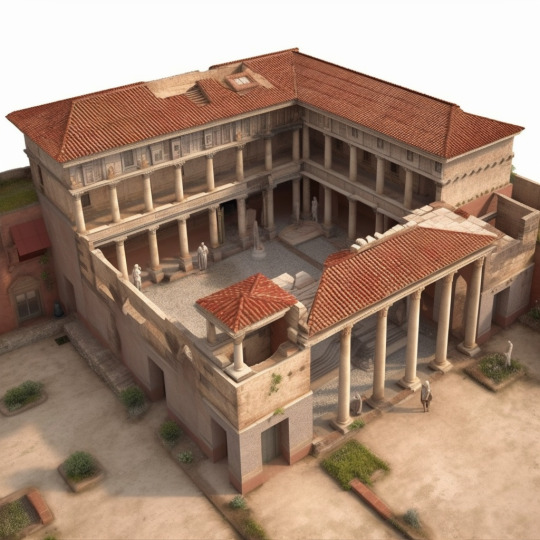



Midjourney's take on ancient Roman villas
by Midjourney v5
7 notes
·
View notes
Text
Just finished all of my midterms 🥹🥹🥹 I can finally relax for 2 days and read Batman fanfiction 🥹🥹🥹🥹
#just got 100% on my art history exam#easy fucking peasy 💪💪💪#also like i am so desperate for an ancient rome au now#like i have had to look at so much roman architecture the last few weeks and all i can think about was how bad i wanted to see#twinks being obliterated in those domus#anyway i am going to take a fucking nap
5 notes
·
View notes
Text

House of the wounded bear, Pompeii.
Photo: Silvia Vacca
The name of the house is due to the mosaic on the entrance floor that depicts a bear wounded by a spear.
1K notes
·
View notes
Text
ok the Domus is looking pretty good not gonna lie

#minecraft#minecraft builds#ancient rome#rome#roman domus#rambles#thank fuck it's good because this shit was easily the most painstaking thing I have ever made
5 notes
·
View notes
Text
youtube
Were Roman villas more like a medieval palace, or a fancy resort? Could they be rented for a weekend on AirBnB? Did they at all resemble Caesar’s Palace in Las Vegas? In this video you'll hear about the differences between a domus and a villa, and that between a villa urbana and a villa rustica.
#Villa#Villa Urbanus#Villa Rustica#Rome#Ancient Rome#Roman Villa#Housing#Roman Housing#Ancient Housing#Ancient House#Plantation#Latifundia#Palace#Mansion#Manse#Hacienda#Domus#Domae#Manor#Estate#Club Med#Resort#Hadrian#Tivoli#Naples#Youtube
1 note
·
View note
Text
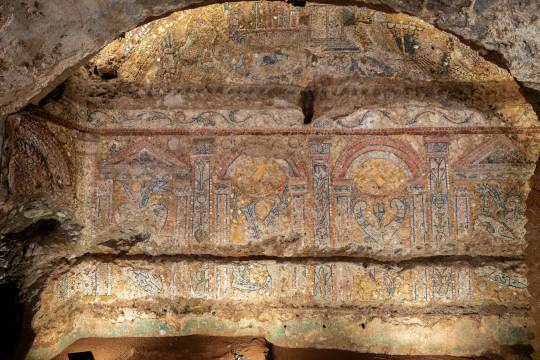
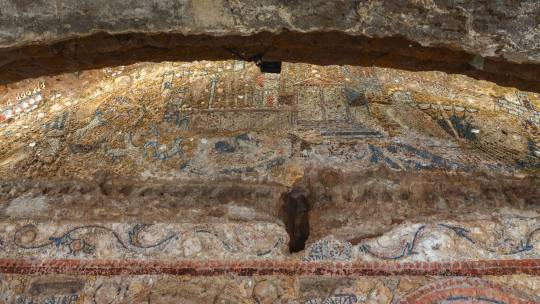
‘Incredible’ Mosaics Were Found in an Ancient Luxury Home in Rome
Italy’s Culture Minister Gennaro Sangiuliano has called the works “an authentic treasure.”
Researchers working in the Archaeological Park of the Colosseum in Rome have shared their discovery of luxurious mosaic-tiled rooms found in an ancient home on the site, which they believe may have belonged to a Roman senator. Created from shells, glass, white marble, and Egyptian blue tiles, the mosaics have been described by Italy’s Culture Minister Gennaro Sangiuliano as “an authentic treasure”.
The “rustic” mosaics, found on the grounds surrounding the Colosseum in the heart of the city, date to the late Republican Age, in the last decades of the second century B.C.E., and show a series of figurative scenes. They once decorated a townhouse, or domus, owned by an upper class citizen. Italy’s Ministry of Culture have said that “due to the complexity of the scenes depicted” and their age, the mosaics are “without comparison.”

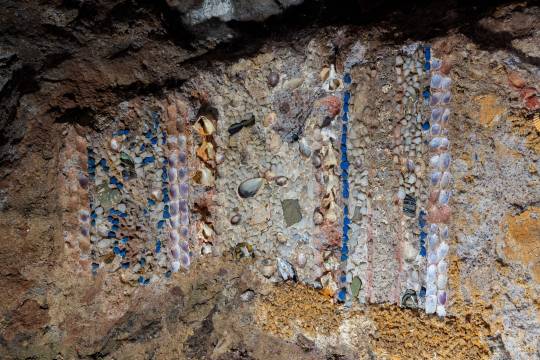

One mosaic depicts a coastal city with towers and porticos, with three large ships floating by on the ocean waves. The culture ministry believes this could be a reference to naval victories achieved by the owner of the home, which is believed to have been a Roman senator. This is supported by historical sources describing the area as having been occupied by such high-ranking members of society.
The decorated walls were likely located in the home’s dining rooms, where luxurious banquets would be hosted, and guests at these events were likely wowed with “spectacular water games,” according to the culture ministry, based on the presence of lead pipes set into the walls.
In the reception room, an extremely well preserved decorated stucco featuring landscapes and figures was also discovered. Other designs include vines and lotus leaves flowing from vases, musical instruments, and tridents.

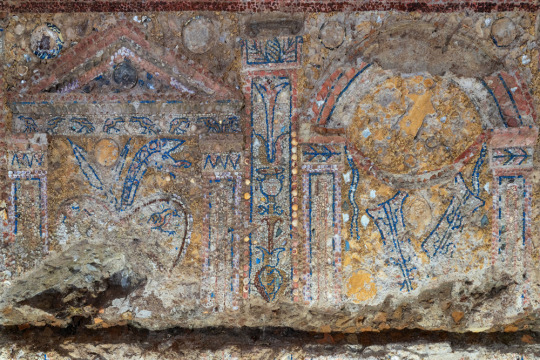

The mosaic walls were first discovered near the Colosseum in 2018, but excavation at the site will continue into 2024, and more rooms could be discovered. Alfonsina Russo, the Director of the Archaeological Park of the Colosseum, has said that once the domus is full uncovered, “we will work intensely to make this place, among the most evocative of ancient Rome, accessible to the public as soon as possible.”
By Verity Babbs.
#‘Incredible’ Mosaics Were Found in an Ancient Luxury Home in Rome#Archaeological Park of the Colosseum#Late Republican Age#second century B.C.E.#mosaic#roman mosaic#ancient artifacts#archeology#archeolgst#history#history news#ancient history#ancient culture#ancient civilizations#ancient rome#roman history#roman empire#roman art
1K notes
·
View notes
Text
I'm down a rabbit hole around how Romans lived in their houses - Reading a heap of academic articles around the subject and reviewing a bunch of lectures on YouTube.
There's a really useful one by Mary Beard Pompeii: The Art of Reconstruction (also available on Jstor here).
I think about this a lot.
Were there really multiple, unrelated families living in those sprawling houses at Pompeii; or extended, multi-generational families, as was thought until more modern times?
Were the (probably) semi-public spaces of the urban villa used in an open, free-flowing way; or were they divided up using doors, wooden screens and (perhaps) curtains?
Did they really have no concept of personal privacy?
Did people sleep anywhere in the house, all thrown in together; or did they use some of the cubicula like modern bedrooms?
Where did they cook? Did they have braziers wherever needed so they could cook in any room, and if so, why have a culina at all?
#roman domus#ancient housing#ancient homes#Roman familia#ancient rome#pompeii#mary beard#pompeii: the art of reconstruction#youtube
60 notes
·
View notes